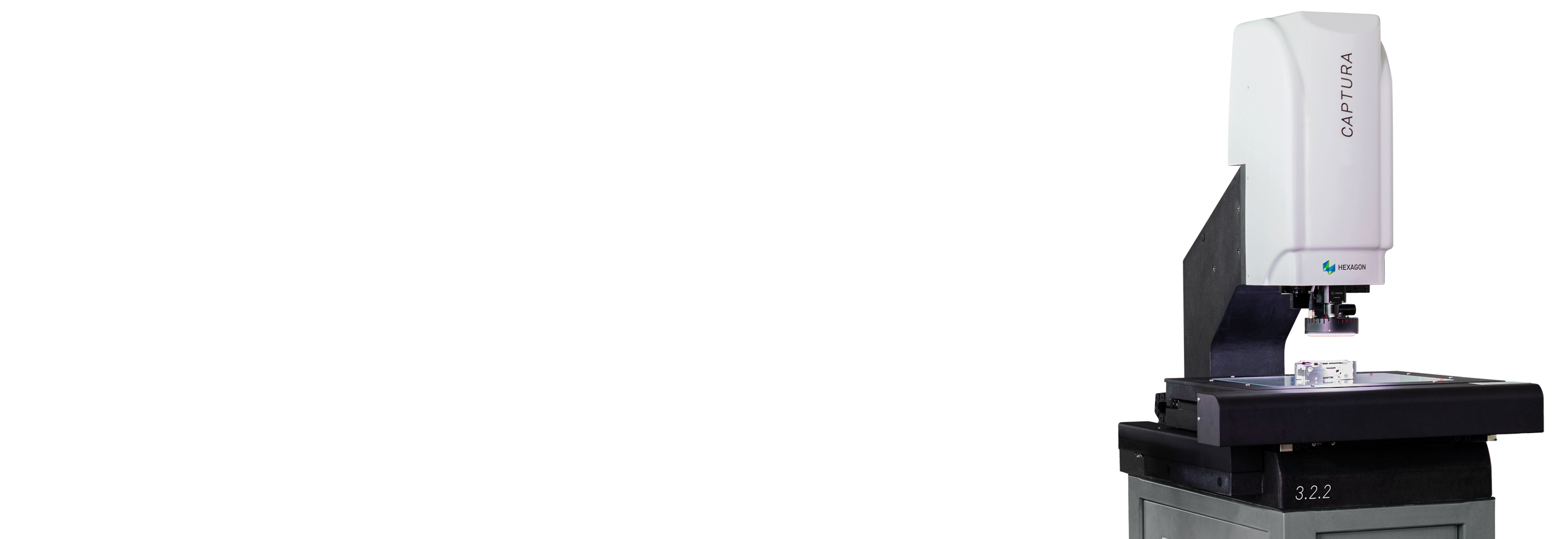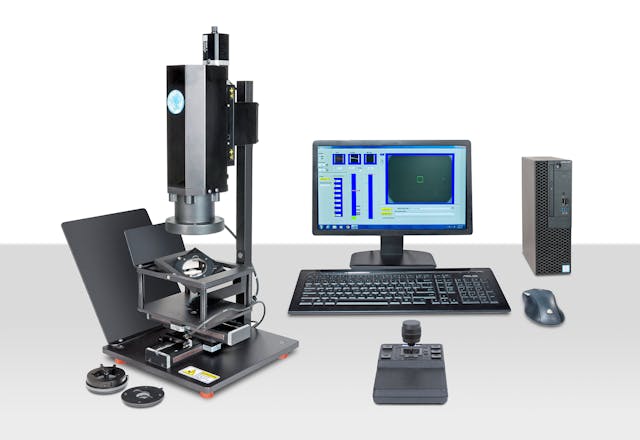The Duty of Optical Dimension Solutions in Advancing Width Methods
Optical dimension systems have changed width, bringing a degree of accuracy that was once inconceivable. You may be stunned to discover just how these technologies, based upon fundamental principles like reflection and interference, are applied across various sectors. Their non-contact abilities not just improve precision however likewise streamline processes. As you check out additionally, you'll find how these systems are forming the future of measurement and high quality control.
The Evolution of Width: A Historic Point Of View
As you check out the history of width, you'll locate that its advancement reflects mankind's pursuit for accuracy and standardization. From ancient human beings using body parts as systems of dimension to the development of standard weights and procedures, each step shows our desire for accuracy. The Egyptians built the pyramids using specific measurements, while the Romans progressed engineering with their sophisticated measuring devices.
During the Renaissance, clinical developments moved the focus towards more empirical methods, leading the way for modern-day width. The intro of the metric system in the late 18th century noted a considerable turning point, establishing universal criteria. Throughout the 20th century, technical advancements better changed width, enabling highly precise dimensions in different areas.
Today, width proceeds to progress, integrating digital modern technology and automation. This history highlights not just the value of measurement however additionally our ruthless search of enhancing accuracy and uniformity in our progressively complicated world.
Principles of Optical Measurement Solutions
Recognizing the concepts behind optical measurement systems is vital for precise outcomes in metrology. You'll wish to take into consideration basic optical principles, dimension precision elements, and reliable system calibration methods. Each of these elements plays a crucial function in guaranteeing your dimensions are specific and trusted.
Essential Optical Concepts
While discovering optical measurement systems, you'll run into essential optical concepts that develop the foundation of accurate data purchase. Light acts in predictable means, and recognizing these behaviors-- like diffraction, refraction, and reflection-- is important for reliable measurements. You'll make use of lenses and mirrors to adjust light and focus it onto your target, making sure accuracy in your analyses. In addition, the wave nature of light allows for disturbance patterns, which can boost measurement resolution. Polarization can additionally play a crucial duty in distinct signal from sound, boosting the clarity of your outcomes. By grasping these concepts, you'll be equipped to take advantage of optical modern technologies successfully, leading the method for advancements in metrology and guaranteeing your measurements are both reputable and repeatable.
Dimension Precision Elements
To attain high measurement accuracy in optical systems, a number of elements come into play, affecting the integrity of your outcomes. High-grade lenses and detectors lower aberrations and sound, ensuring your dimensions are precise. By resolving these variables, you can boost the overall efficiency of your optical dimension systems, leading to even more accurate and reputable outcomes in your metrology applications.
System Calibration Techniques
Achieving high dimension precision is just component of the equation; appropriate system calibration techniques are just as important in optical measurement systems. To ensure your system delivers reliable results, you must frequently adjust it using common reference materials. Start by changing the optical parts, like lenses and mirrors, to lessen organized mistakes. Next off, use well-known measurements to verify the system's output and make essential adjustments. It's also essential to account for ecological elements-- temperature level and moisture can impact measurements. Implement a routine calibration schedule to preserve uniformity with time. Ultimately, document all calibration treatments and outcomes; this will aid you track efficiency and deal with any kind of drift in precision. With these methods, you'll improve the reliability of your optical dimension system.
Trick Technologies Behind Optical Measurement
Optical dimension systems count on numerous vital technologies that improve accuracy and effectiveness in metrology. One vital modern technology is interferometry, which utilizes the interference of light waves to measure tiny variations and surface area abnormalities with extreme precision. You'll additionally locate laser scanning systems, which capture thorough 3D information of objects promptly, making them very useful for dimensional evaluation.
In Addition, CCD and CMOS sensing units play a substantial duty in converting light into electrical signals, allowing for high-resolution imaging and accurate measurements. Advanced formulas for picture handling additionally improve dimension accuracy by analyzing information in real time, filtering system out noise and enhancing attributes.
Ultimately, fiber optics give versatility and the ability to measure in difficult settings while keeping signal integrity. By leveraging these innovations, you can accomplish remarkable lead to your width jobs, ensuring that your dimensions are both reliable and accurate.
Applications of Optical Measurement in Sector
As sectors progressively require accuracy and performance, the applications of optical measurement systems have actually come to be important throughout various markets. In production, these systems help you keep an eye on measurements and tolerances in real-time, ensuring quality assurance without time-consuming manual checks. In the vehicle industry, optical dimensions aid in lining up components with accuracy, enhancing security and performance.
In electronic devices, you're utilizing optical techniques to examine minute functions on circuit card, spotting defects that might result in failings. The aerospace sector take advantage of non-destructive testing techniques, enabling you to assess products and components without endangering their stability.
Optical measurement additionally plays an important role in fabrics, guaranteeing fabric measurements satisfy exact specs. optical measurement systems. With their ability to provide high-resolution data rapidly, these systems encourage you to make informed choices, improve procedures, and eventually drive technology across your industry
Enhancing Precision and Efficiency in Dimensions
When you believe concerning improving accuracy in measurements, precision in your dimension techniques is important. By improving these procedures, you can attain quicker outcomes without sacrificing high quality. Allow's discover exactly how embracing sophisticated optical dimension systems can boost both precision and effectiveness in your job.
Precision in Measurement Methods
Precision in measurement methods is vital for achieving dependable outcomes in metrology, particularly given that small disparities can lead to substantial mistakes. By making use of innovative optical measurement systems, you can boost the accuracy of your dimensions. In enhancement, accurate measurements permit you to maintain top quality control, making sure that products satisfy strict specifications.
Streamlining Measurement Processes
To enhance accuracy and performance in dimensions, simplifying your measurement procedures is essential. Beginning by taking on optical measurement systems that provide real-time data, minimizing the moment invested in hands-on recording. These systems frequently incorporate seamlessly with existing software program, allowing you to automate information collection and evaluation.
Next, systematize your measurement procedures. By applying constant treatments, you decrease variability and improve repeatability. Do not forget to regularly adjust your equipment to assure its accuracy.

The Influence of Optical Measurement on Research and Growth
As researchers endeavor to push the borders of technology, optical dimension systems have actually ended up being essential devices in the advancement procedure. These systems supply you with exact, real-time information that boosts your ability to examine intricate materials and frameworks. In various fields, from biotechnology to aerospace, you depend on optical measurements to boost and maximize styles product efficiency.

With high-resolution imaging and non-contact techniques, you can lessen sample disruption, permitting more precise outcomes. This capacity to record minute details increases your R&D cycle, allowing you iterate layouts promptly and effectively. Moreover, optical dimension fosters partnership across techniques, as the data created is frequently easily interpretable and shareable.
Eventually, incorporating optical measurement systems right into your study not just enhances productivity yet also deepens your understanding of the phenomena you go research study. By leveraging these advanced strategies, you're better outfitted to innovate and remain ahead in an affordable landscape.
Future Trends in Optical Dimension Equipments
With the quick advancement of modern technology, you're most link likely to see substantial shifts in optical measurement systems that will certainly redefine their application across different sectors. You'll notice an approach raised automation and combination of expert system, permitting real-time information evaluation and enhanced precision. Miniaturization is another trend; portable tools will make it possible for dimensions in tighter spaces, making them excellent for fields like aerospace and biomedical applications.
Moreover, the introduction of sophisticated materials, such as photonic crystals, will boost level of sensitivity and resolution. Anticipate to see systems that can operate in difficult settings, providing dependable dimensions in severe problems. Cloud-based analytics will additionally play a crucial duty, offering you accessibility to huge datasets for much better decision-making. As these modern technologies merge, you'll locate that optical measurement systems not only improve accuracy yet also improve process, eventually driving advancement and efficiency in your projects.
Regularly Asked Questions
How Do Optical Dimension Solutions Contrast to Typical Dimension Techniques?
Optical measurement systems provide higher precision and faster results contrasted to typical methods. You'll discover they catch even more data factors accurately, reducing human mistake and increasing reliability, making them a preferred selection in numerous applications.
What Industries Benefit Many From Optical Measurement Systems?
You'll discover sectors like aerospace, auto, and electronics benefit most from optical measurement systems. These industries depend on accurate measurements to assure top quality and performance, improving efficiency and minimizing expenses through innovative technology.

Are Optical Dimension Equipments Expensive to Apply?
Optical dimension systems can be costly to apply, however their accuracy and performance usually warrant the cost. Purchasing such modern technology can cause significant long-lasting savings and improvements in quality throughout different applications.
What Skills Are Required to Operate Optical Measurement Systems?
To operate optical dimension systems, you'll need solid analytical skills, interest to detail, and effectiveness in software program tools. Familiarity with optics and an understanding of dimension concepts will also improve your efficiency and effectiveness.
How Do Ecological Elements Impact Optical Measurements?
Environmental aspects like temperature, moisture, and air top quality can misshape optical dimensions. You'll discover variants in precision due to light disturbance or refraction. optical measurement system. Keeping steady conditions is crucial for precise and trusted optical dimension results
Conclusion
In recap, optical measurement systems are changing metrology by offering unmatched precision and try here effectiveness. By using advanced concepts and technologies, these systems improve precision while lessening disruptions in various markets. As you discover future fads, you'll see just how the assimilation of AI and automation will certainly continue to boost measurement practices, driving development and improving quality assurance. Welcoming these improvements will be important for staying competitive and accomplishing excellence in your field.
Attaining high dimension accuracy is only part of the equation; proper system calibration strategies are similarly crucial in optical dimension systems.When you think regarding improving precision in measurements, accuracy in your dimension methods is necessary. By using sophisticated optical dimension systems, you can improve the precision of your measurements.To boost accuracy and efficiency in dimensions, enhancing your measurement procedures is vital. How Do Optical Measurement Equipments Contrast to Standard Dimension Techniques?